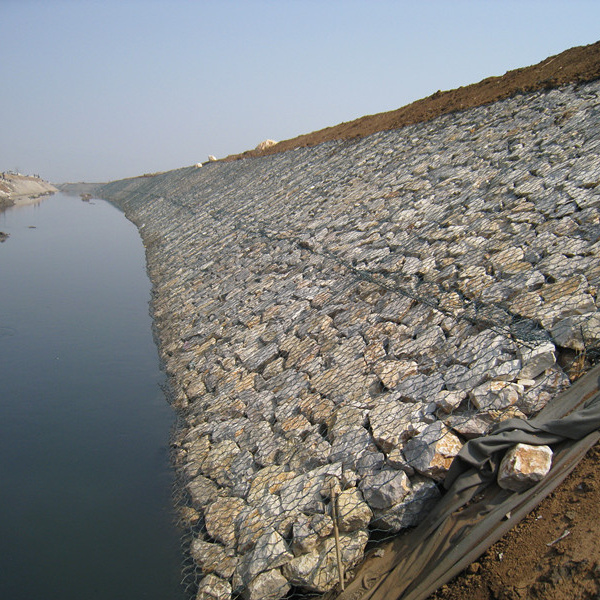Dec . 23, 2024 21:04 Back to list
Affordable Gabion Baskets Prices in China for Your Landscaping Needs
Understanding the Price of Gabion Baskets in China
Gabion baskets, often used in civil engineering, landscaping, and construction projects, have become increasingly popular due to their versatility and effectiveness in erosion control, slope stabilization, and creating decorative structures. Originating from the Italian word gabbione, which means big cage, these baskets are typically filled with rocks, soil, or other materials and used to form walls, barriers, or even aesthetic features in gardens and parks. As the demand for gabion baskets grows globally, it is essential to understand the various factors influencing their pricing, particularly in China, one of the largest producers of these products.
Factors Affecting Gabion Basket Prices
1. Material Quality The quality of materials used in the production of gabion baskets significantly affects their price. High-quality, corrosion-resistant wire mesh, which is often galvanized or coated to prevent rust and degradation over time, typically costs more. Lower-grade materials may decrease the price but could lead to shorter longevity and higher maintenance costs in the long run.
2. Size and Configuration Gabion baskets come in various sizes and configurations, influencing their overall pricing. Larger baskets that can hold more materials or have unique designs may command higher prices due to the increased amount of material and labor required for their production.
3. Manufacturing Process The complexity of the manufacturing process also plays a role in determining the cost. Automated production techniques can lead to lower labor costs, while hand-crafted options may be more expensive due to the labor intensity involved. As China continues to adopt advanced manufacturing technologies, prices may fluctuate based on production efficiencies.
4. Market Demand The overall demand for gabion baskets in both domestic and international markets directly influences their pricing. As infrastructure projects increase globally, driven by governmental investments and private developments, demand may rise, causing prices to climb.
china gabion baskets price

5. Transportation Costs For international buyers, shipping costs from China can impact the final price of gabion baskets. Factors such as fuel prices, shipping routes, and tariffs can all contribute to variations in costs. As China’s export market grows, transportation logistics continue to evolve, influencing prices based on the efficiency and speed of delivery.
Current Pricing Trends
As of late 2023, the prices of gabion baskets in China range widely based on the factors mentioned above. On average, basic standard-sized gabion baskets can cost anywhere from $15 to $50 per unit, depending on specifications. For larger or more complex designs, prices can escalate to $100 or more per unit.
Moreover, prices can be affected by seasonal demand. For instance, during the spring and summer months, when construction and landscaping activities peak, prices might rise due to increased demand. Conversely, during slower seasons, prices may stabilize or even decrease.
Conclusion
The pricing of gabion baskets in China is influenced by a multitude of factors, including material quality, size, manufacturing processes, market demand, and transportation costs. As construction and landscaping industries continue to evolve, understanding these pricing dynamics is essential for buyers seeking to invest in gabion baskets. By considering not just the initial purchase price but also the long-term benefits of quality and durability, consumers can make informed decisions that will contribute to the sustainability and success of their projects. Whether for residential, commercial, or governmental use, gabion baskets remain a cost-effective and functional solution in modern construction practices.
-
HESCO Gabion Baskets for Coastal Erosion Prevention
NewsAug.22,2025
-
Longevity and Durability of River Rock Gabion Walls
NewsAug.22,2025
-
How to Integrate Gabion 3D Walls in Urban Planning
NewsAug.22,2025
-
Reno Mattress Gabion Applications in Civil Engineering
NewsAug.22,2025
-
How to Install Wire Mesh for Gabion Baskets Properly
NewsAug.22,2025
-
Best Materials for Filling a Chain Link Gabion
NewsAug.22,2025
-
Wire Mesh Thickness Impact on Gabion Wall Load Bearing
NewsAug.12,2025






